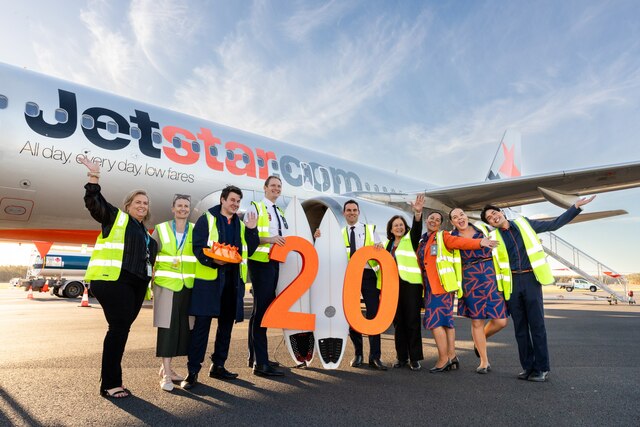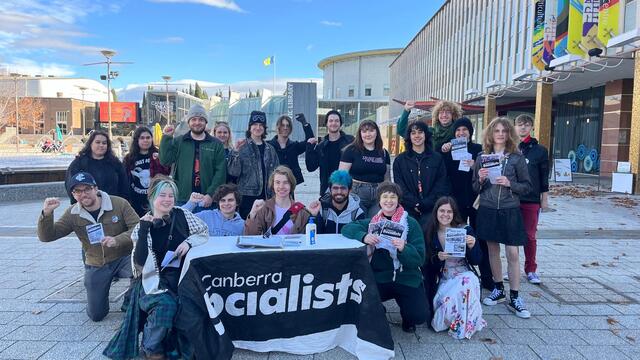An interview with Peter Dormand, City Energy and Resource Manager at Newcastle City Council.
Newcastle has been at the forefront of Australian Local Government in reducing its greenhouse gas emissions. Peter Dormand discusses with Bruce Rowse* what has been achieved and how Council has done it.
Q. By how much have you reduced your energy usage?
It goes back to 1995 when we started measuring and we’re 40 per cent down on what we were using back then. It’s been pretty exciting to be able to keep our costs below 1995 levels, particularly as then we didn’t have the number of computers and other appliances that can be found in many offices today.
Q. How did Newcastle start?
Well maybe a big part of it has been my trades background as an electrician, which helped me understand how things worked. Then the depot manager asked me why he was using so much energy. While I looked after the electrical systems, I didn’t know how much was being used. So we went and started to look and the more we looked, the more we found and one thing led to another and we halved the consumption of electricity at the works depot within about 18 months. Really it was a bit embarrassing to see how negligent we were with the way we were using our power. No one was really accountable for it, no one was measuring it, no one was monitoring it, so we were really never going to know what was going on.
Q. And what are you doing to keep on getting savings?
Firstly we always look at the low hanging fruit. We put in some measurement systems and then once we start to get some good data we have a look immediately at when the building is not occupied and then look at what’s being consumed.
We then try to work out how to stop that energy consumption when there’s no one there. What surprises people is that you can get a
10 to 20 per cent saving by just doing that simple thing and it really costs you nothing.
What we found out then is that whenever you run a communications campaign people will continue to turn things off but once you stop offering the chocolates they tend to stop performing.
So as a result automation now is always our first preference. In all of our centres now we have automated lighting systems. With the boiling water units and the drinking fountains, none of those things come on until somebody comes into the office. So the higher level of intelligence in that automation means that on long weekends you haven’t got all these things churning away with no one there.
The big consumers in office buildings are lighting and airconditioning, followed by general light and power, which is typically your computer equipment and so forth
Lighting technology is so easy. You can change your existing light fittings now for about $120 for the light fitting, plus about
$40 per unit to have it changed over and you get a 65 per cent reduction in lighting consumption. Lamps last for six years instead of two years and the light quality is much, much better than ever before.
With airconditioning, wherever possible now we install or retrofit an econosaver, which allows us to take in 100 per cent fresh air.
Our main administration building now uses
63 per cent of the power that it did in 1995, using 100 per cent of fresh air for 45 per cent of the year. So that’s no cooling or heating for almost six months. I know which building I’d rather work in and that’s the one that’s got
100 per cent fresh air.
We have 600 or so computers and one of our IT people found some software available for $800 that would actually go into every computer at night and turn all the computers off.
That’s far more effective than trying to drill into everybody all the time over and over to turn their PCs off.
We’ve just moved to multifunction devices. I can’t tell you how fantastic these things are. We had a tiny office and we got rid of an A3 colour printer, a fax machine, a laser printer, a scanner and a photocopier, and all of those things now are replaced by one thing.
You have to keep your eye on the technology, and take advantage of improvements. For example, we’ve just gone from 30 servers, down to four or five using server virtualisation.
But it’s not just keeping track of what’s going on, but also having an organisation that’s able to react quickly.
Next month Bruce Rowse will continue his interview with Peter Dormand, looking at various other areas where Newcastle has cut its energy use.
*Bruce Rowse, energy efficiency engineer, is Director of CarbonetiX, an engineering consultancy specialising in carbon reduction. Contact Bruce via his blog at www.carbonetix.com.au/blog







